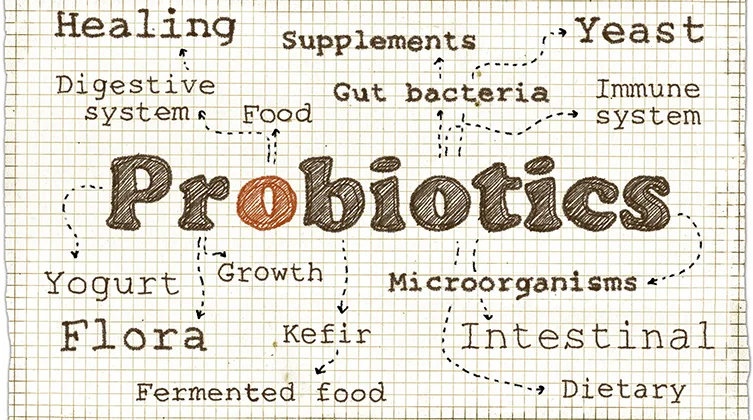More and more medical doctors are becoming mindful of the amazing benefits of probiotics (that is, live beneficial microorganisms, notably bacteria). Many are even holding off from prescribing unnecessary antibiotics or recommending complementary probiotics. This is a huge win for the natural therapies!
The thing about antibiotics that is often overlooked, but extremely important to recognize: they are non-specific! They cannot differentiate between “good” and “bad” bacteria within our system. So naturally, they kill both.
Whilst undergoing a course of antibiotics, therefore, it is important to protect and restore the beneficial bacteria within the gut. Otherwise, the antibiotic treatment could open the flood gate to further illness. This is because beneficial bacteria actually protect us from pathogenic (disease-causing) strains of microorganisms (see this article here).
There are a number of ways to protect and restore the “good” bacteria. One is to take a relevant probiotic (see how to choose a probiotic). Probiotics should also be consumed in conjunction with prebiotics; the food or energy that enables probiotics to live, thrive and divide. Some good food sources of prebiotics include legumes, pulses, beans, leafy greens, bananas and other plant-based foods.
When taking probiotics together with a course of antibiotics it is advisable to spread them out into reasonable intervals. For example, take the probiotic three to four hours after you have taken the antibiotic. This way you can improve the likelihood of probiotics surviving the antibiotic attack and colonising the gut. You should also consume the probiotic together with some food.





